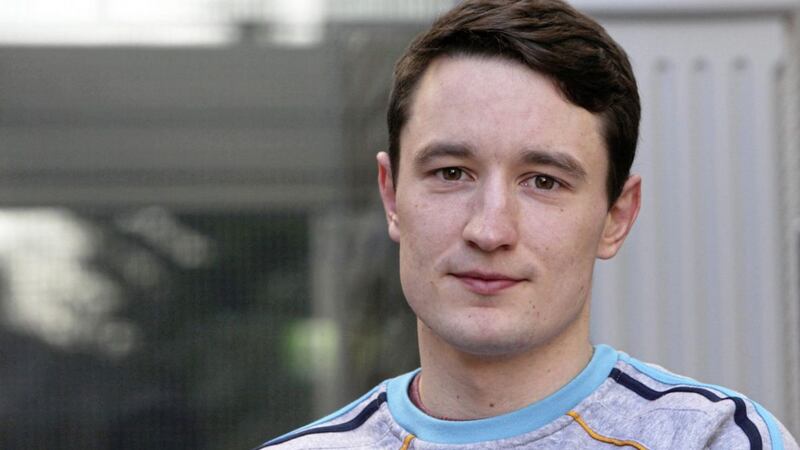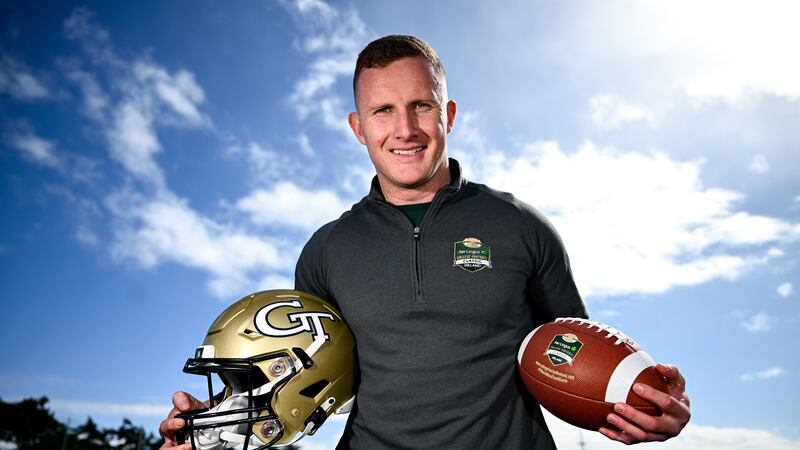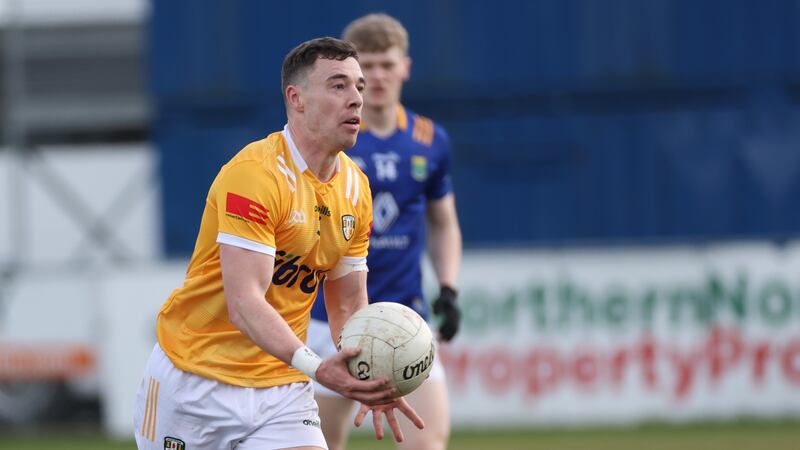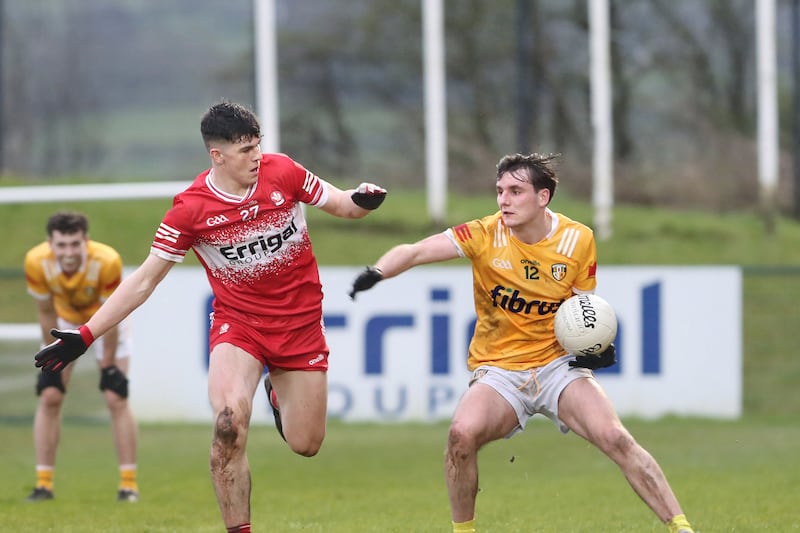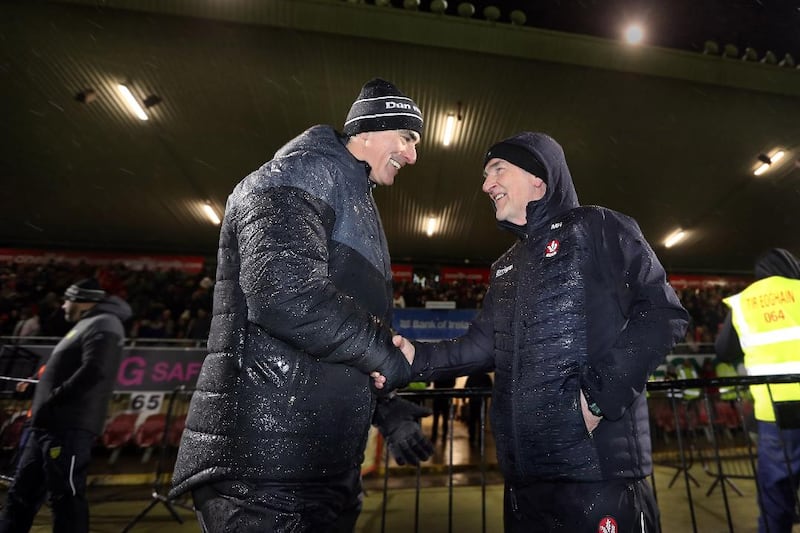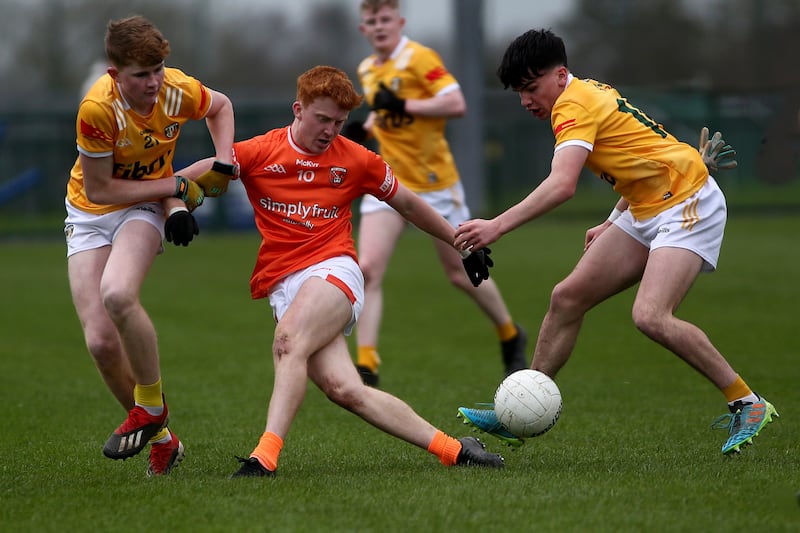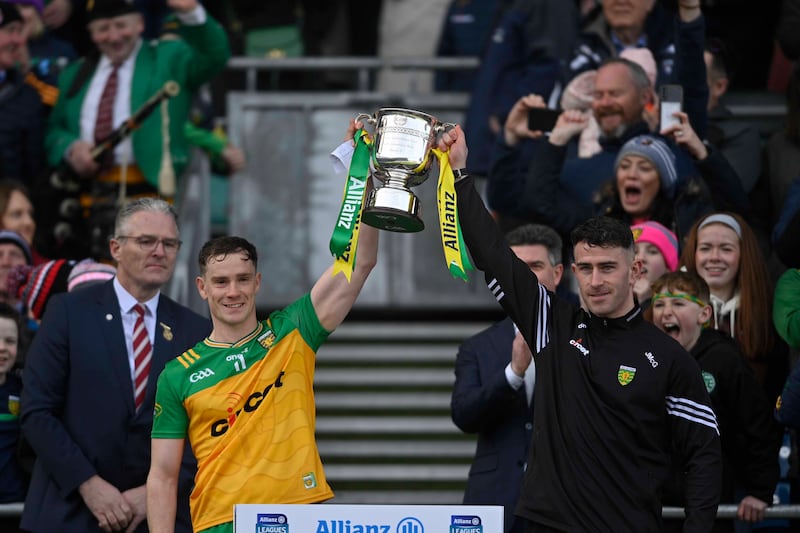Occasionally we receive queries/complaints from readers, wondering ‘Why do you always talk to the same players?’
It’s not true, of course, but let me explain why it may seem that way.
Part of it is due to the ‘recognition factor’, which applies to readers, reporters, and players themselves.
Perhaps we’re wrong, but the perception is that (most) readers – not the phoners-in, obviously – want to see and hear from ‘the big names’.
The players see reporters’ by-line pics, or see them at matches, and know who we are. Assuming we haven’t handed them too many 4s or 5s in the ‘Ratings’, or slated them in a match report for a poor performance, they’ll agree to talk to us, because they ‘know’ us.
Familiarity doesn’t always breed contempt.
Some players are simply shy, though. Or they hate me/ us.
The recognition element works both ways. Even after club games or in other arenas reporters may approach county players because they know who they are.
It’s embarrassing all round to approach a player with the opening question ‘Hello, who are you then?’
As for telephone interviews, the older heads here still hark back to the glory days of Armagh and Tyrone in the first decade of this millennium – and some other Ulster counties too, to be fair – when player numbers were freely available.
Now, contact numbers can be greedily hoarded, reluctantly shared with colleagues. No, I really don’t have his number, honest.
The greatest crime is to get a number but forget to store it.
As that availability of numbers decreased, so did the levels of openness.
There are honourable exceptions, but more and more in recent years there’s been increasing control exerted over county players in terms of when, or even if, they are allowed to talk to the media – and what they can say.
Kindly invited to an awards presentation event by Ulster HE GAA, I had enjoyable, open chats with Eoin McHugh and Oisin O’Neill.
It may be coincidental, and they’re just great guys, but neither are county players this year.
Plenty of players still offer up intelligent, interesting, insightful interviews – even though “there’s no ‘i’ in team”.
But there are also those who mostly only provide boring platitudes, saying very little, talking up the opposition, obviously under orders to say nothing that could be used by the opposition as some magical motivational tool.
Given that sports psychologists are employed by many teams, that is a mindboggling thought.
It certainly hasn’t helped matters that the most successful county in the country in recent years, Dublin, has had one of the strictest regimes with regard to player access.
There’s been enough debate about Dublin football boss Jim Gavin, who is obviously under no obligation to offer up interesting sound-bites or quotes to the media.
However, I would argue that he could allow, even tell, more players to talk to the media.
Dublin don’t need to promote the games they play, certainly not in the Championship, such is the demand to see them. Yet it still seems strange, and unnecessary, that so little is known about so many of their undoubted stars.
It’s worth noting that Dublin’s policy shift came before Gavin, before even Pat Gilroy, with the clampdown coming under Paul ‘Pillar’ Caffrey.
The last-named still didn’t bring them the All-Ireland they craved but Gilroy (and his early morning press conferences) did.
Just as teams often copy the playing style of successful sides, they also adopt their approaches in other areas.
Clearly Dublin are just one element in the changed landscape, though.
Interview opportunities now often come at ‘launches’, of various competitions, or to promote new jerseys, sponsors, or products.
Those elements may be new, but the players are often the same.
Newspapers can be wary of going along to such launches, especially those at which access to players is tightly controlled.
Ironically, the more media members who attend, the less likely they are to get any ‘exclusive’ interviews.
Instead, the player(s) talk to a group of journalists, all of whom have to work off the same set of quotes.
Of course, players are often good enough to speak at length, talking on a range of subjects, which allows for some variation in the articles that are written up.
Yet often there’s an obvious, outstanding ‘line’ which everyone will run with, about the current talking point in the game, or a big issue affecting that particular player. That has the effect of making all the pieces appear the same, despite all the different writers.
Those interviews can seem even less interesting or relevant, rather ‘samey’, if the player has also talked to websites or given audio and/or video interviews, which appear before the papers hit the streets/ shelves.
A launch which is poorly attended is better for the media, perhaps allowing the opportunity for some ‘one-to-one’ interviews.
But bring out a big name and there’ll usually be plenty of media there.
Another factor is that the same players are often put up for interview, perhaps due to PR firms taking the easy option of calling the guy they used last year – and the year before. And the year before.
Changes to the GAA calendar are aimed at creating more space for the club scene. How effective those alterations will be remains to be seen, but there should be scope for a more varied range of interviewees.
Having said that, in recent years September onwards becomes the time when the media is suddenly allowed access to the All-Ireland champions (usually known as Dublin).
Still, at least the Dubs represent fresh voices for us…

